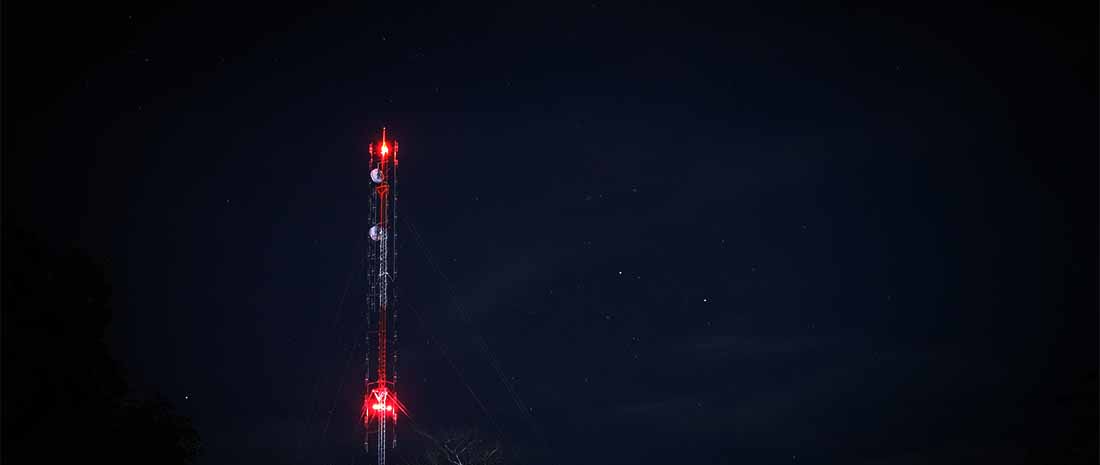FAA AC 150/5345-43J Enhances Visibility for Night Flights
FAA AC 150/5345-43J goes into effect in four short weeks. Flash engaged with industry publications and at events to help drive awareness. If you’re curious why infrared lights are important for night flights and what changes you should expect, please check out one of the publications below.
Improving Nighttime Safety for VFR Pilots
AGL Magazine
In U.S. airspace, the Federal Aviation Administration (FAA) reported almost 27.5 million flights by more than 633,000 certified pilots in its 2019 “Air Traffic by the Numbers” report. Visual flight rules (VFR) governed 10.8 million of those flights, including law enforcement, search and rescue, emergency transport and other civilian aviation applications. Read more…
FAA’s September 11 Tower Lighting Deadline Looms!
Inside Towers
Effective September 11, 2020, FAA AC 150/5345-43J requires the use of infrared (IR) emitters in obstruction lighting. The original effective date of these technical changes was March 11, 2020; however the FAA issued a six-month extension. In September, only equipment qualified per the new specification will be listed in AC 150/5345-53D, the Airport Lighting Equipment Certification Program. Read more…
On September 11, 2020, only obstruction lights that comply with 43J standards will be listed in 53D addendum. At that time, all newly filed or refiled structures must employ obstruction lights listed in the 53D addendum to comply with federal lighting regulations.
Questions on 43J and whether or not it affects your sites? We’re happy to help!

